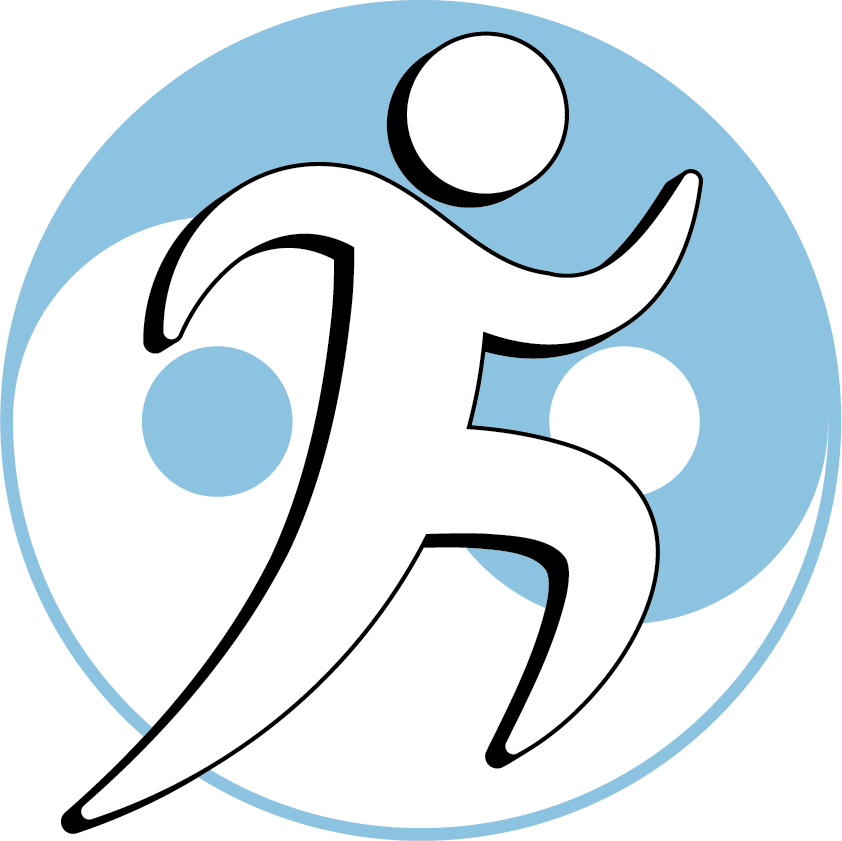Enhance your clinical skills through palpation, inspection and movement
With Instructor Jamie Bender L.Ac., DAOM
has been added to your cart!
First time user? Your account will be automatically be created after purchase. Please note:
--Webinars require continuous attendance on the date(s) offered to receive PDAs/CEUs. If you cannot attend, please consider a self-paced distance-learning version instead, if available, or another class that you will be able to attend.
--Ebooks are included with class purchase--please do not purchase both. When purchased separately, Ebooks are for informational purposes only--no PDAs/CEUs.
Questions? Please visit our FAQ page. Thank you for your purchase!
Precise knowledge of clinical anatomy and kinesiology, and orthopedic/myofascial palpation and inspection, and movement analysis skills, are all essential foundations for diagnosis, and for determining where--and where not--to needle.
This unique class prepares students to get the most from the Calf, Ankle Foot module & Review/Practicum Lab.
Clinical anatomy and the jing-jin ("sinew meridians" or myofascial tracts)
- We will improve our abilities to accurately locate key bony landmarks, muscles, tendons, joints, neural and vascular tissues, through palpation on ourselves and each other, and through review of clinical anatomy.
- Through palpation, observation and movement exercises, we will explore functions of key muscles and their jing-jin associations, as well as functional vs. dysfunctional movement patterns.
- We will review safety considerations, including needling angle and depth, to avoid injuring the many critical structures in this body region.
Enhanced orthopedic palpation and inspection skills
- We will enhance our abilities to feel different tissue types and layers: skin, fascia, muscle, nerve, blood vessel, and bone, with both our hands and needle-tip sensation.
- We will practice inspection and palpation for tissue abnormalities including myofascial trigger points, tendinopathies and joint disorders.
Review of anatomical structure and kinesiologic function
Calf and Ankle
- Bony landmarks: be able to locate by palpation, if possible; know which muscles attach to them, if applicable
- Tibial condyles
- Fibular head
- Malleoli
- Tibial
- Fibular
- Calcaneus
- Talus
- Sustentaculum tali and tarsal tunnel (know contents)
- Joints: be able to find the joint lines and ligaments by palpation
- Tibio-fibular joints
- Superior
- Inferior (syndesmosis)
- Calcaneo-fibular joint and ligament
- Talo-fibular joint and ligaments
- Anterior talo-fibular ligament
- Posterior talo-fibular ligament
- Sinus tarsi
- Tibio-talar joint and deltoid ligament
- Tibio-fibular joints
- Myofascial structures that move and stabilize the ankle. Be able to locate by palpation, if possible; know compartments, attachments and primary functions
-
- Ankle plantar flexors
- Superficial posterior compartment
- Gastrocnemius: medial and lateral heads
- Soleus
- Achilles tendon
- Plantaris muscle and tendon
- Deep posterior compartment (also invertors)
- Tibialis posterior
- Flexor hallucis longus
- Flexor digitorum longus
- Superficial posterior compartment
- Ankle evertors/lateral compartment: fibularis (aka peroneal) group
- Longus
- Brevis
- Tertius
- Ankle extensors/dorsiflexors/anterior compartment
- Anterior compartment
- Tibialis anterior
- Extensor hallucis longus
- Extensor digitorum longus
- (Fibularis tertius)
- Anterior compartment
- Ankle plantar flexors
- Neurovascular tracts and critical structures. Know pathways and distributions; be able to locate by palpation where superficial
-
- Popliteal artery
- Deep saphenous vein
- Tibial nerve
- Sural nerve
- Saphenous nerve
- Peroneal nerves
- Common
- Superficial
- Deep
Foot
- Bony landmarks: be able to locate by palpation; know which muscles attach to them, if applicable
- Hindfoot
- Calcaneus
- Talus
- Midfoot
- Navicular
- Cuneiforms
- Cuboid
- Forefoot
- Metatarsals
- Phalanges
- 1st ray sesamoid
- Hindfoot
- Joints: be able to find the joint lines and ligaments by palpation
- Plantar calcaneonavicular or “spring” ligament
- Calcaneocuboid joint
- Lisfranc/mid-foot joint
- Toes
- 5th metatarsal base
- Metatarso-phalangeal joints
- Proximal interphalangeal joints
- Distal interphalangeal joints
- Myofascial structures that move and stabilize the foot. Be able to locate by palpation; know attachments and primary functions
-
- Abductor hallucis
- Adductor hallucis
- Flexor hallucis brevis
- Abductor digiti minimi
